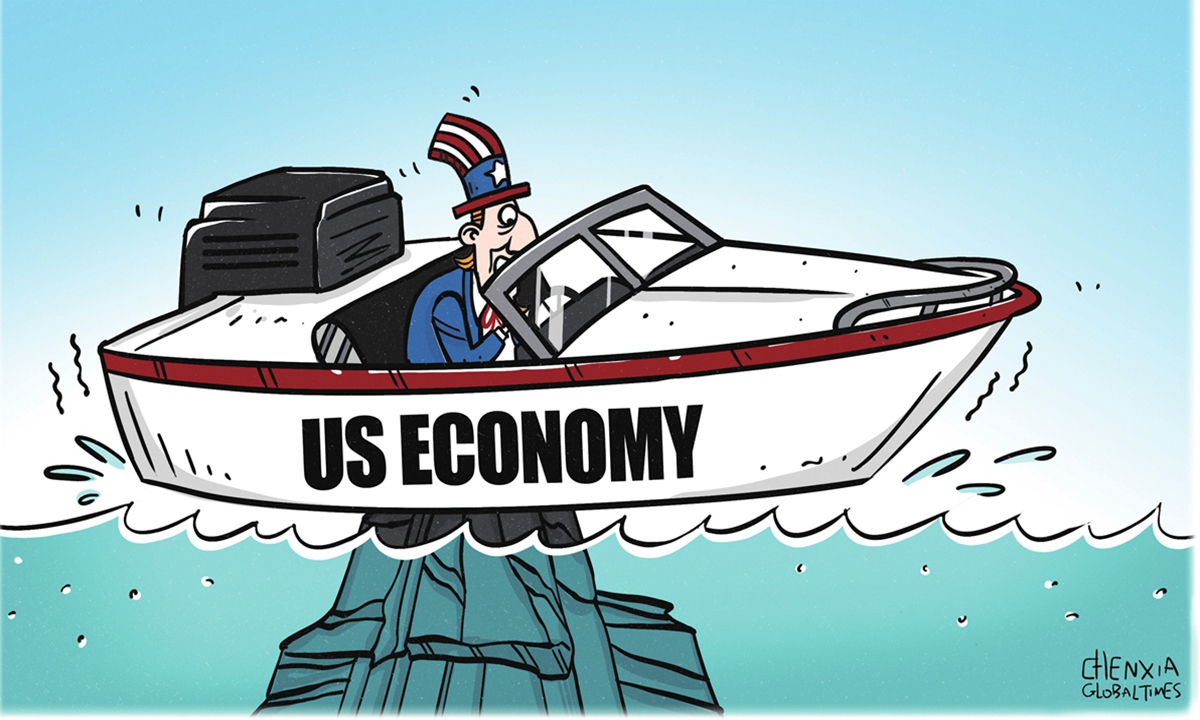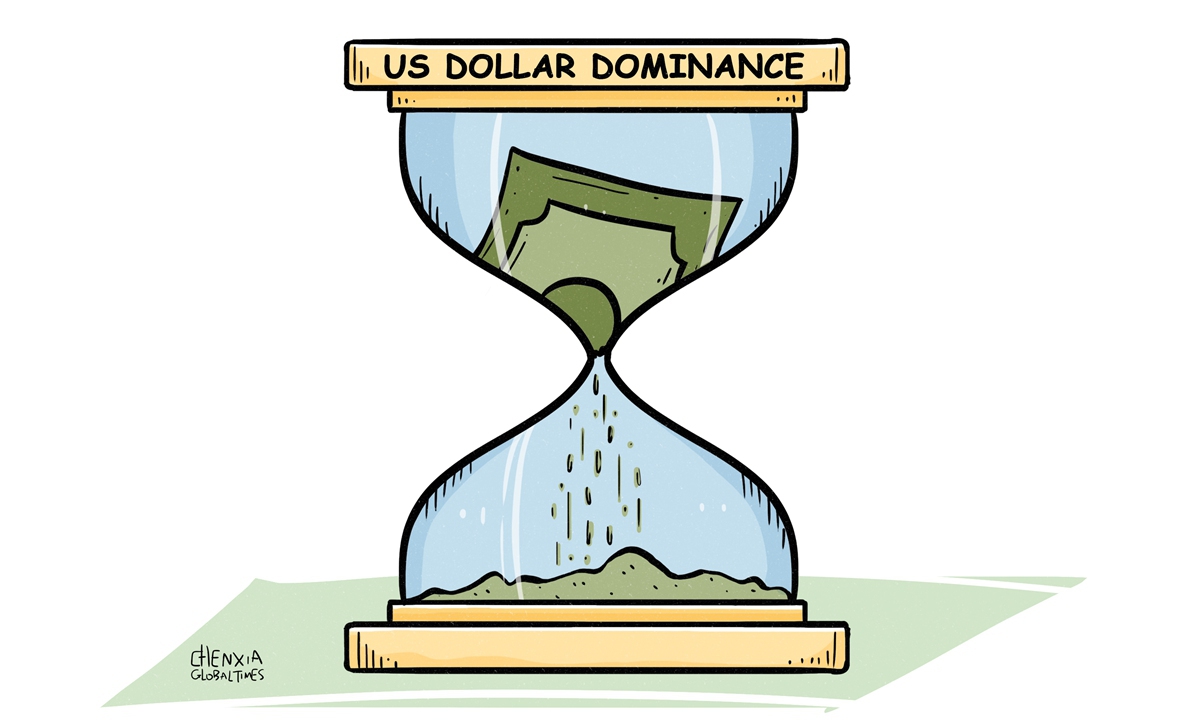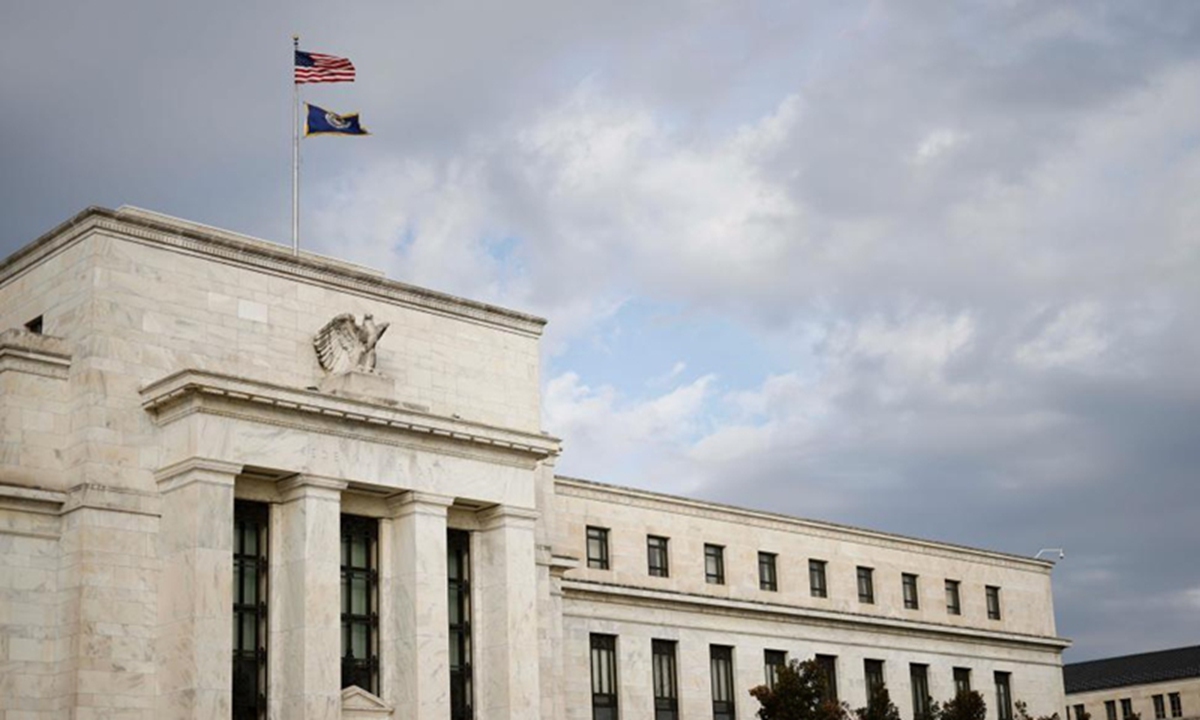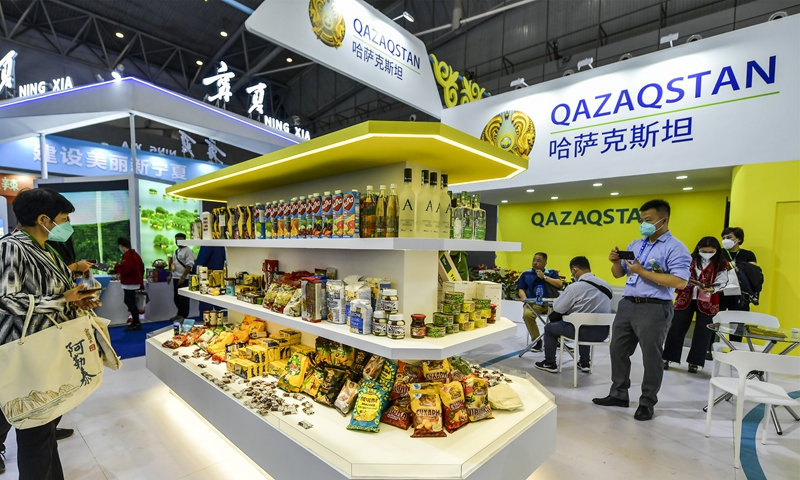Tweet #Rightways
Janet Chia, 48, watering the lettuce plants at her house compound in Seri Kembangan, Selangor. Chia and her husband have planted several vegetables in their garden for their own consumption.
Rise in prices pushes Ipoh folk to think of alternative ways to live within means
The hike in prices of essential items such as chicken, eggs, flour and vegetables has compelled ordinary folk in Perak to plant their own greens and herbs. Some are trimming their grocery bill or dining out less frequently by cooking simpler meals at home to better manage their household expenses. LIKE the rest of the nation, consumers in Ipoh, Perak, are feeling the pinch from the rise in the prices of goods, especially essential items.
The increase in prices is taking a toll on the people, leaving those in the low and middle-income groups struggling to cope.
Retiree Joginder Kaur Jessy, 67, said she had started to grow some vegetables in her house compound to help cut cost of buying greens.
She said eating out had always been expensive but cooking at home was no longer cheap either.
Expressing dismay at the rise in the prices of oil, vegetables, fish, chicken and eggs, she felt it necessary to cut back on some items as she was a pensioner.
“I have to be more prudent now and use less ingredients when cooking.
“I will probably have to look for a cheaper type of fish, eat less chicken, try to cook smaller portions, avoid wastage and make leftover food stretch over a few days,” she said.
Among the vegetables and fruits that Joginder has planted are chillies, okra, brinjal, lemon, mint, banana and papaya.
“Most of the prices of vegetables, fish and other seafood have tripled.
“Some fishmongers and vegetable and fruit sellers have taken this opportunity to raise the prices even further,” she added.
Holly Lai, 60, a marketing manager, said that at times cooking at home was more expensive than eating out.
Lai, who is single, said she used to cook at home, but after the increase in prices, she discovered it was not worth the effort.
Preferring fish and eggs in her diet, she noted that the prices of these items were not affordable.
“For me to cook a meal consisting of fish, rice and a vegetable, it will easily cost about RM15, not including the spices and other ingredients.
“In comparison, I can get a meal consisting of three dishes and rice for between RM5 and RM7 from a stall.
“During these trying times, I must choose wisely and cannot simply eat at expensive restaurants,” she added.
Teacher Ambiga Pillay, 60, said the government should step in to counter the increase in prices.

Ambiga says she cuts down on daily costs by cooking more often at home.
Many including herself, she said, were saving on daily living costs by cooking more often as well as cutting back on luxury expenditures and travel.
“I always cook at home although it is a challenge as I work full-time.
“People think that grocery prices are lower in Ipoh compared to Kuala Lumpur, but it is not true.
“Prices here are higher because there is less variety compared to other places,” she said, adding that some also looked for cheaper alternatives to save money.
“I plan my finances based on priority as well,” said Ambiga.
Family Wellness Club president P. Mangaleswary also noted that people had been complaining about the rising prices of essential items.
She said some members of the non-governmental organisation (NGO) complained about how prices of vegetables had gone up in wet markets.
Members were saying that 1kg of tomatoes now cost RM9 when it used to be about RM5 before, she told StarMetro.
“Just last weekend at a get-together, some said they were feeling the burden of rising food prices as other expenses such as transport and house rental were also going up.
“The government’s cash aid for the B40 group is hardly enough for them to cover the rising costs.
“The government needs to look into some concrete measures to increase the supply of food such as vegetables and chicken,” said Mangaleswary.

Mangaleswary suggests that the government give food suppliers some form of subsidy.
She said it was important to have control on prices of essential food items such as rice, sugar, flour, vegetables, fruits and chicken. To keep the supply chain going, she suggested that the government give suppliers some form of subsidy to help them overcome difficulties such as rise in price of chicken feed and transport cost.
“Of course, people must be reminded to be prudent and not to waste food,” she stressed.
Dr Richard Ng, president of NGO Ipoh City Watch, said although the country was transitioning into the Covid-19 endemic phase, the B40 folk in particular had little to cheer about.

Ng says government assistance must reach
the target group on
a more consistent basis.
He said those who had been jobless might have heaved a huge sigh of relief as they would be able to earn a basic living.
He highlighted that a chain reaction had been triggered with the implementation of the minimum wage, the war between Russia and Ukraine taking a toll on the world’s economy, and the government’s announcement on the removal of subsidy on cooking oil and other essential items.
“These events have caused the prices of petrol, gas, cooking oil and essential food items to go up by at least 30%.
“This diminishing purchasing power not only impacts the B40 group, but also those in the M40.
“Each time such a crisis happens, the government can ask the people to tighten their belt, take less sugar, grow their own vegetables, provide one-off monetary assistance and groceries.
“But in reality, these efforts cannot really address the hard times faced by the people,” said Ng.
Instead, he said political leaders should set an example by going down to the ground and checking if the efforts made by them were effective.
He said government assistance must reach the target group on a more consistent basis, instead of just providing one-off aid.
“One way to solve this is to ensure some sort of prepaid card is given for the poor to buy groceries and other essential items from authorised outlets selling goods at lower prices.
“Of course, the mechanism must be monitored strictly to ensure there is no abuse and products sold must be of a certain minimum standard,” Ng added.
Stretching their ringgit further
Like the rest of the nation, consumers in Ipoh, Perak, are feeling the pinch from the rise in the prices of goods, especially essential items.
The increase in prices is taking a toll on the people, leaving those in the low and middle-income groups struggling to cope.

Joginder showing the brinjal growing in her garden.Joginder showing the brinjal growing in her garden.
Retiree Joginder Kaur Jessy, 67, said she had started to grow some vegetables in her house compound to help cut cost of buying greens.
She said eating out had always been expensive but cooking at home was no longer cheap either.
Expressing dismay at the rise in the prices of oil, vegetables, fish, chicken and eggs, she felt it necessary to cut back on some items as she was a pensioner.
“I have to be more prudent now and use less ingredients when cooking.
“I will probably have to look for a cheaper type of fish, eat less chicken, try to cook smaller portions, avoid wastage and make leftover food stretch over a few days,” she said.
Among the vegetables and fruits that Joginder has planted are chillies, okra, brinjal, lemon, mint, banana and papaya.
“Most of the prices of vegetables, fish and other seafood have tripled.
“Some fishmongers and vegetable and fruit sellers have taken this opportunity to raise the prices even further,” she added.
Holly Lai, 60, a marketing manager, said that at times cooking at home was more expensive than eating out.
Lai, who is single, said she used to cook at home, but after the increase in prices, she discovered it was not worth the effort.
Preferring fish and eggs in her diet, she noted that the prices of these items were not affordable.
“For me to cook a meal consisting of fish, rice and a vegetable, it will easily cost about RM15, not including the spices and other ingredients.
“In comparison, I can get a meal consisting of three dishes and rice for between RM5 and RM7 from a stall.
“During these trying times, I must choose wisely and cannot simply eat at expensive restaurants,” she added.
Teacher Ambiga Pillay, 60, said the government should step in to counter the increase in prices.
Many including herself, she said, were saving on daily living costs by cooking more often as well as cutting back on luxury expenditures and travel.
“I always cook at home although it is a challenge as I work full-time.
“People think that grocery prices are lower in Ipoh compared to Kuala Lumpur, but it is not true.
“Prices here are higher because there is less variety compared to other places,” she said, adding that some also looked for cheaper alternatives to save money.
“I plan my finances based on priority as well,” said Ambiga.

Ambiga says she cuts down on daily costs by cooking more often at home.
Family Wellness Club president P. Mangaleswary also noted that people had been complaining about the rising prices of essential items.

Mangaleswary suggests that the government give food suppliers some form of subsidy.
She said some members of the non-governmental organisation (NGO) complained about how prices of vegetables had gone up in wet markets.
Members were saying that 1kg of tomatoes now cost RM9 when it used to be about RM5 before, she told StarMetro.
“Just last weekend at a get-together, some said they were feeling the burden of rising food prices as other expenses such as transport and house rental were also going up.
“The government’s cash aid for the B40 group is hardly enough for them to cover the rising costs.
“The government needs to look into some concrete measures to increase the supply of food such as vegetables and chicken,” said Mangaleswary.
She said it was important to have control on prices of essential food items such as rice, sugar, flour, vegetables, fruits and chicken. To keep the supply chain going, she suggested that the government give suppliers some form of subsidy to help them overcome difficulties such as rise in price of chicken feed and transport cost.
“Of course, people must be reminded to be prudent and not to waste food,” she stressed.
Dr Richard Ng, president of NGO Ipoh City Watch, said although the country was transitioning into the Covid-19 endemic phase, the B40 folk in particular had little to cheer about.

Ng says government assistance must reach
the target group on
a more consistent basis.
He said those who had been jobless might have heaved a huge sigh of relief as they would be able to earn a basic living.
He highlighted that a chain reaction had been triggered with the implementation of the minimum wage, the war between Russia and Ukraine taking a toll on the world’s economy, and the government’s announcement on the removal of subsidy on cooking oil and other essential items.
“These events have caused the prices of petrol, gas, cooking oil and essential food items to go up by at least 30%.
“This diminishing purchasing power not only impacts the B40 group, but also those in the M40.
“Each time such a crisis happens, the government can ask the people to tighten their belt, take less sugar, grow their own vegetables, provide one-off monetary assistance and groceries.
“But in reality, these efforts cannot really address the hard times faced by the people,” said Ng.
Instead, he said political leaders should set an example by going down to the ground and checking if the efforts made by them were effective.
He said government assistance must reach the target group on a more consistent basis, instead of just providing one-off aid.
“One way to solve this is to ensure some sort of prepaid card is given for the poor to buy groceries and other essential items from authorised outlets selling goods at lower prices.
“Of course, the mechanism must be monitored strictly to ensure there is no abuse and products sold must be of a certain minimum standard,” Ng added.
Source link
Related posts:
CLICK TO ENLARGE DEPRESSED wages, and a rising cost of living – these are the biggest tribulations facing the
man on the street these days….
Consumers can download them to look for low prices and comparisons Cooking oil prices are up as of today, so
are those of chicken and …




























 Regaining momentum, property sector to recover despite challenges
Regaining momentum, property sector to recover despite challenges





 Pankaj C. Kumar is a long-time investment analyst. The views expressed here are the writer’s own.
Pankaj C. Kumar is a long-time investment analyst. The views expressed here are the writer’s own.




































